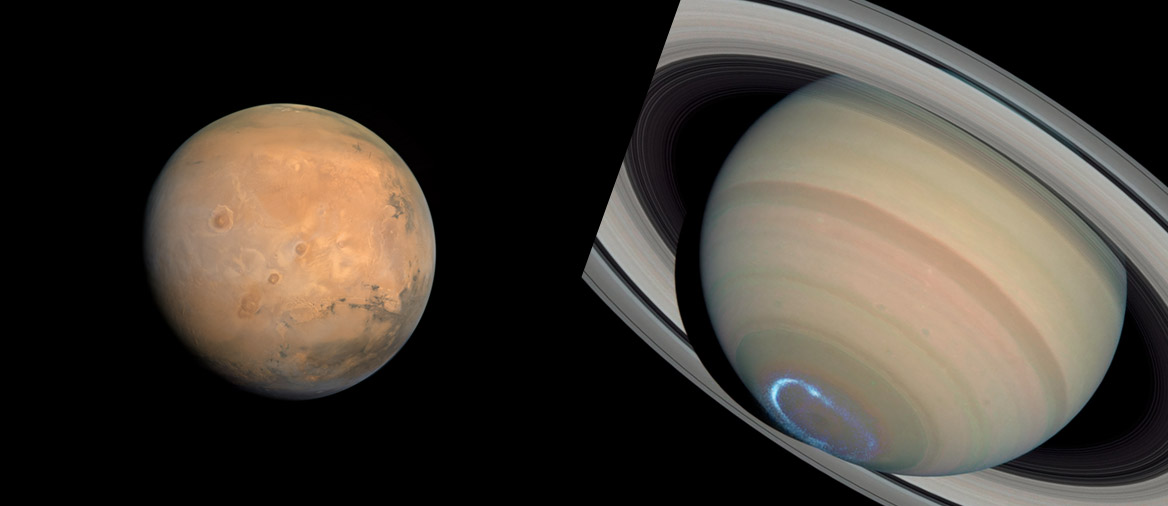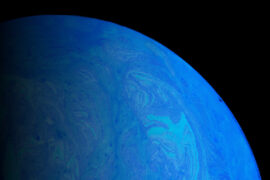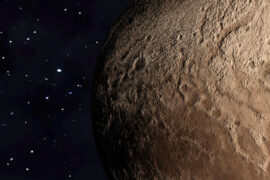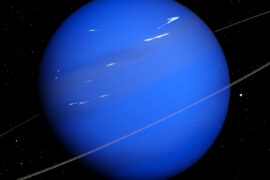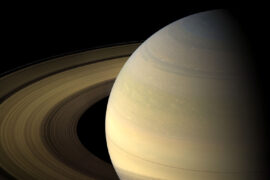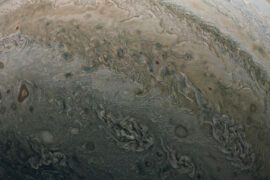Mars and Saturn are by far the two most popular planets that people like to see with a telescope. Mars because it is one of our closest neighbors and you can get a good view out of it with a basic home telescope. Saturn because of its spectacular rings.
Because of this, you might be wondering if there are any similarities between these two planets. Mars is a terrestrial planet located in the inner zone of the Solar system, while Saturn is a gas giant found in the outer areas.
Well, they do have some things in common like all of the planets in the Solar system do with each other.
In this article, we’ll take a look at the differences and similarities between Mars and Saturn so we can learn more about them and along the way, gain a better understanding of the Solar system.
Mars vs Saturn comparison
The following table compares both planets by the numbers. It is important to note that many of these are averages because planets are constantly moving and rotating just like Earth, so, for example, their distance to Sun changes as they move across their respective orbits.
| Mars | Saturn | |
|---|---|---|
| Position in the Solar system | 4 | 6 |
| Distance from the Sun (avg) | 226 million km | 1,460 million km (1.46 billion km) |
| Radius | 3,389 km | 58,232 km |
| Mass | 6.4171×1023 kg | 5.6834×1026 |
| Rotation period (1 day) | 24 hours 37 minutes (1.025 days) | 10.5 hours |
| Rotation speed | 0.24 km/s | 9.87 km/s |
| Orbit period (1 year) | 687 days | 29.4 years (10,759 days) |
| Orbital speed | 24.07 km/s | 9.68 km/s |
| Average temperature | −62°C | -140 °C |
| Surface pressure | 0.636 kPa | 140 kPa |
| Surface gravity | 3.72 m/s2 | 10.44 m/s2 |
| Density | 3.93 g/cm3 | 0.687 g/cm3 |
| Escape Velocity | 5.027 km/s | 35.5 km/s |
| Albedo | 0.170 | 0.342 |
| Satellites (Moons) | 2 | 145 |
| Core | rock | rock |
| Atmosphere | 95% CO2, 2.6% N2, 1.9% Ar, 0.16% O2, 0.06% CO | 75% H, 25% He |
Mars vs Saturn size comparison
Saturn is much much bigger than Mars. Mars is the second smallest planet in the Solar system while Saturn is the second biggest. The difference between them is considerable. As you can see in the image below that shows the difference to scale, Saturn’s radius is more than 17 times larger than Mars’.
That means that in volume, you could fit 5,070 planets the size of Mars into just one Saturn.

Mars and Saturn similarities
- Both planets orbit the Sun
- Both planets are located in the Solar system
- Saturn and Earth formed around the same time, approximately 4.6 billion years ago
- The cores of both planets have a similar, rocky composition.
- Both planets have atmospheres
- Both planets are spherical despite their different composition
- Both planets have cleared their orbits of every other large object
- Both planets have a magnetic field although Mars’ is very weak
- Mars and Saturn both have natural satellites (moons). Mars has two and Saturn has 145 moons
- Both planets have wind
- Both Mars and Saturn are very cold
- Both planets are visible to the naked eye and were known by ancient civilizations.
- Mars and Saturn are named after Roman deities. Mars after the god of war, and Saturn after the god of agriculture.
Mars and Saturn differences
- Mars is considered an “inner” planet in the Solar system. Saturn is an “outer” planet. This division is made by the asteroid belt between Mars and Jupiter.
- Mars is a terrestrial planet. That means it has a solid surface. Saturn is mostly made out of gas so it doesn’t have a solid surface.
- A person could walk on Mars (assuming they had a suit to protect them and help them breathe). If someone were to “fall” into Saturn, they’d just sink into the planet’s core (well, actually they’d freeze and be crushed by the high pressures way before that).
- Mars and Saturn are very different in terms of size. Saturn is about 17 times wider than Mars.
- Saturn is the least dense planet in the Solar system. Mars is much denser although it is the least dense out of the four terrestrial planets (Mercury. Venus, Earth, and Mars)
- Mars travels almost three times faster than Saturn.
- Saturn is the second fastest-rotating planet in the Solar system. That’s why a day in Saturn is just 10.5 hours despite its large size. Mars is the third slowest in terms of rotation.
- Saturn, of course, has rings around it. Mars doesn’t.
- Saturn has a lot more natural satellites than Mars. Currently, the count is at 145, making it the planet with the highest amount of moons. Mars only has two small moons, Phobos and Deimos.
- Mars is cold, but Saturn is much colder. The average temperature in Saturn’s outer layers is around -140 °C (-220 °F). The average temperature in the Martian surface is −62°C (−80°F). For comparison, the coldest temperature ever recorded on Earth is -89.2°C (-128.6°F) in Antarctica.
Summary
- Mars and Saturn are two very different planets
- Some similarities between Mars and Saturn include their age, low temperatures, and visibility
- The differences between Mars and Saturn include their size, speed, and composition.

